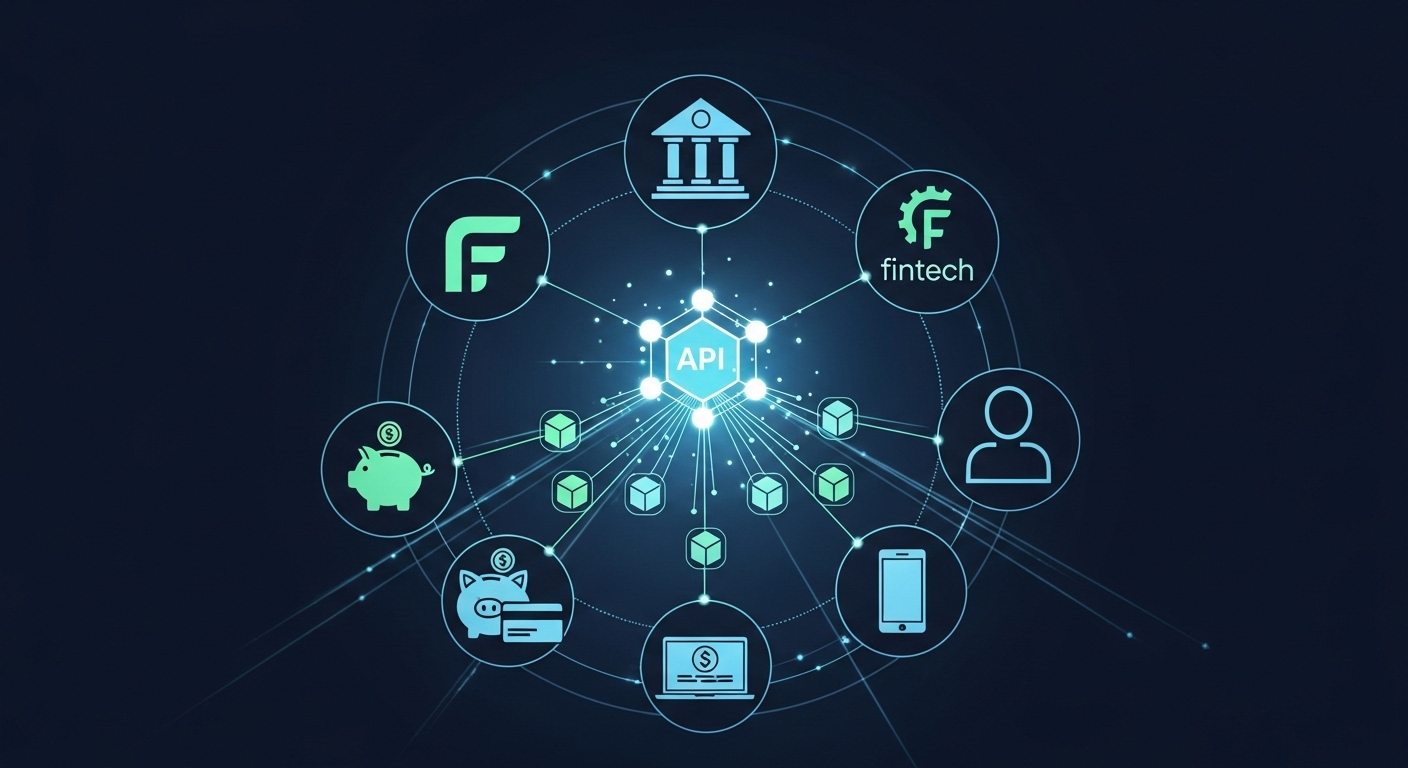
The Rise of Open Banking: Transforming Financial Ecosystems Through API Innovation
Open banking represents one of the most significant regulatory and technological shifts in the financial services industry in decades. By mandating that banks provide secure, standardized access to customer financial data through Application Programming Interfaces (APIs), open banking is fundamentally changing how financial services are delivered, consumed, and innovated upon.
What Is Open Banking?
Open banking is a regulatory framework that requires banks to provide third-party financial service providers with secure access to customer financial data through standardized APIs, with the customer’s explicit consent. This approach transforms banks from closed systems into open platforms that can integrate with a broader ecosystem of financial services.
Core Principles of Open Banking:
- Customer Control: Customers own their financial data and can choose who accesses it
- Secure Access: Data sharing occurs through secure, standardized APIs
- Explicit Consent: Third parties can only access data with clear customer permission
- Standardization: Common technical standards ensure interoperability
- Innovation: Open access fosters competition and innovation in financial services
- Transparency: Clear disclosure of how data is used and shared
Benefits of Open Banking
Open banking creates value for multiple stakeholders in the financial services ecosystem, transforming how consumers, businesses, and financial institutions interact with financial data and services.
For Consumers
Open banking empowers consumers with greater control over their financial data and access to innovative services that were previously unavailable or difficult to obtain.
Enhanced Financial Management:
- Account Aggregation: View all financial accounts in one place across different banks
- Spending Analysis: Detailed insights into spending patterns and behaviors
- Budgeting Tools: Automated budgeting and financial planning assistance
- Personalized Advice: Tailored financial recommendations based on complete financial picture
For Businesses
Streamlined Operations:
- Automated Accounting: Direct integration between bank accounts and accounting systems
- Cash Flow Management: Real-time visibility into financial positions
- Simplified Lending: Faster loan applications using direct access to financial data
- Payment Automation: Automated payment processing and reconciliation
For Financial Institutions
Innovation Opportunities:
- New Revenue Streams: Monetization of APIs and data services
- Partnership Ecosystem: Collaboration with fintech companies and third parties
- Customer Insights: Better understanding of customer needs and behaviors
- Competitive Differentiation: Unique value propositions through open platforms
Technical Architecture of Open Banking
Open banking relies on sophisticated technical infrastructure to ensure secure, reliable, and standardized data sharing between financial institutions and third-party providers.
API Standards and Protocols
RESTful APIs:
- Standardized Endpoints: Common API structures across different banks
- HTTP/HTTPS Protocols: Secure communication over internet protocols
- JSON Data Format: Lightweight, standardized data exchange format
- Rate Limiting: Controls to prevent system overload and abuse
Authentication and Authorization:
- OAuth 2.0: Industry-standard authorization framework
- OpenID Connect: Identity layer on top of OAuth 2.0
- Strong Customer Authentication: Multi-factor authentication requirements
- Token-Based Access: Secure, time-limited access tokens
“Open banking is not just about technology; it’s about reimagining the relationship between financial institutions and their customers through secure, customer-controlled data sharing.” — Financial Services Innovation Expert
Open Banking Use Cases
Open banking enables a wide range of innovative financial services and applications that benefit consumers and businesses.
Personal Financial Management
| Service Type | Description | Benefits |
|---|---|---|
| Account Aggregation | Consolidated view of accounts across banks | Complete financial picture |
| Budgeting Tools | Automated budget creation and tracking | Better financial control |
| Investment Advice | Personalized investment recommendations | Optimized portfolio management |
Lending and Credit Services
Alternative Credit Scoring:
- Transaction-based credit assessment using bank data
- Real-time income verification for faster approvals
- Comprehensive risk evaluation using multiple data sources
Streamlined Processes:
{
"loan_application": {
"data_sources": ["bank_transactions", "income_verification", "spending_patterns"],
"processing_time": "minutes",
"approval_rate": "higher than traditional methods"
}
}Payment and Transfer Services
- Account-to-Account Transfers: Direct transfers between bank accounts
- Payment Initiation: Third-party initiated payments with customer consent
- Real-Time Payments: Instant payment processing and confirmation
Challenges and Future Outlook
Key Implementation Challenges:
- Technical Standardization: Ensuring consistent API implementations across banks
- Security and Privacy: Protecting customer data while enabling innovation
- Regulatory Compliance: Managing complex and evolving regulatory requirements
The Future of Open Banking:
Open banking continues to evolve with trends like:
- Expanded Data Sharing: Beyond banking to insurance and investment data
- Global Standardization: International cooperation on open banking standards
- Enhanced Customer Experience: AI-powered personalization and seamless integration
Conclusion
Open banking represents a fundamental shift toward customer-centric financial services. By enabling secure, standardized access to financial data, it fosters innovation, increases competition, and creates new opportunities for all stakeholders in the financial services ecosystem.
The success of open banking depends on continued collaboration between regulators, financial institutions, and technology providers to address challenges while maximizing benefits for consumers and businesses alike.